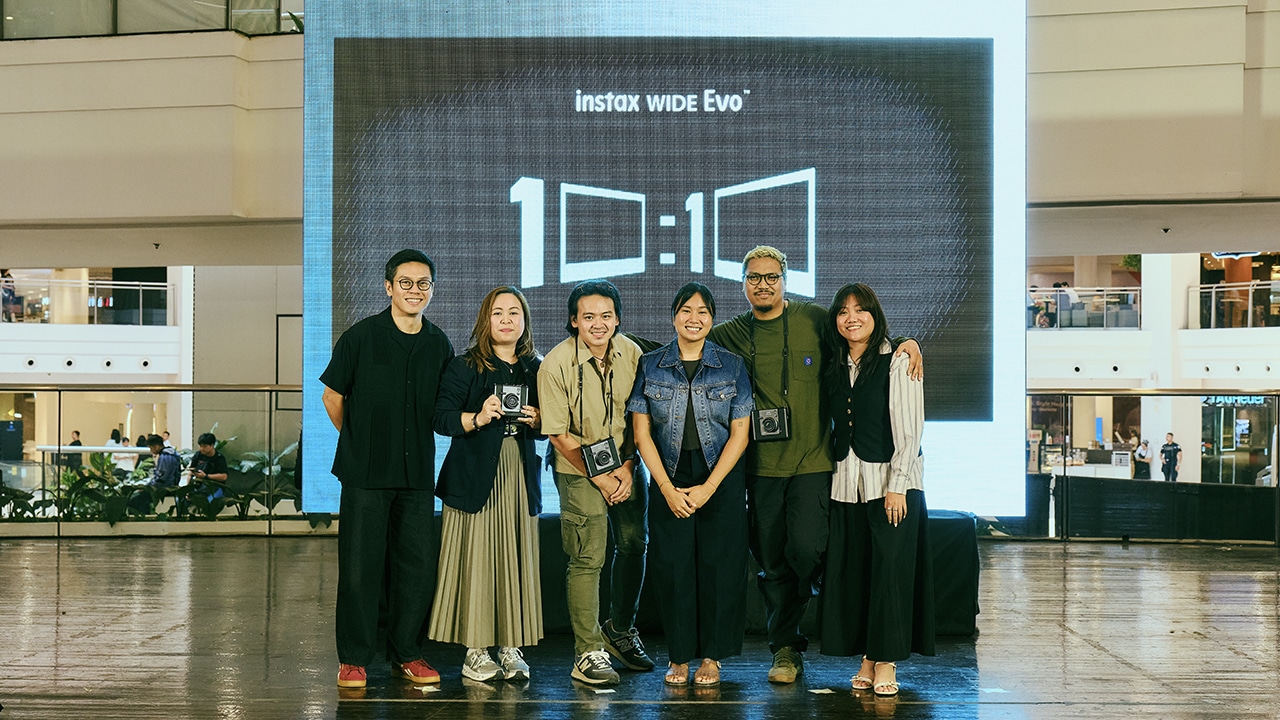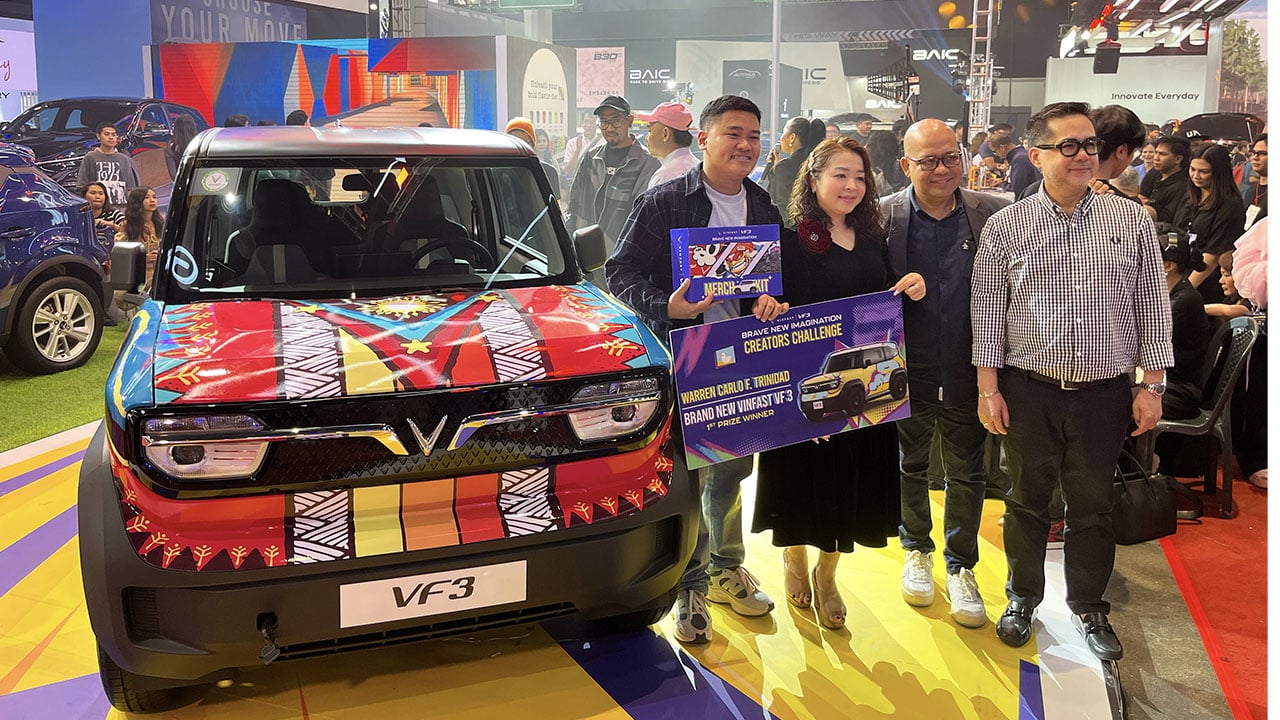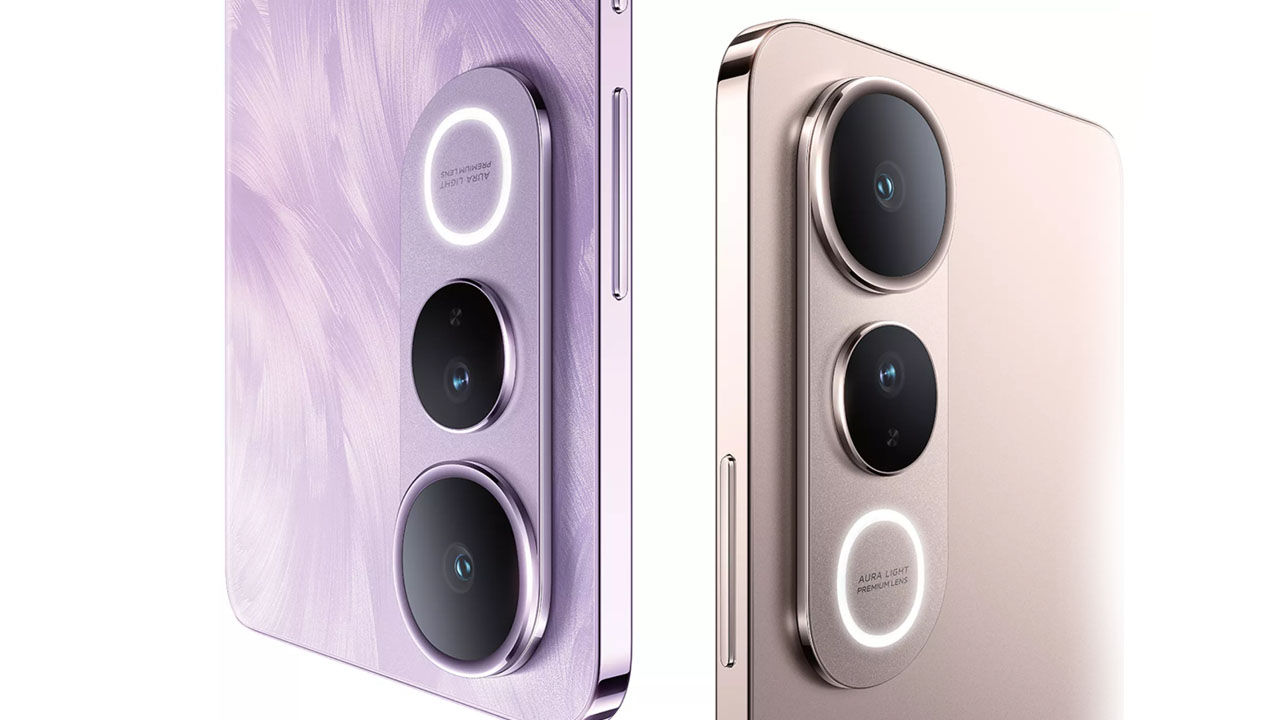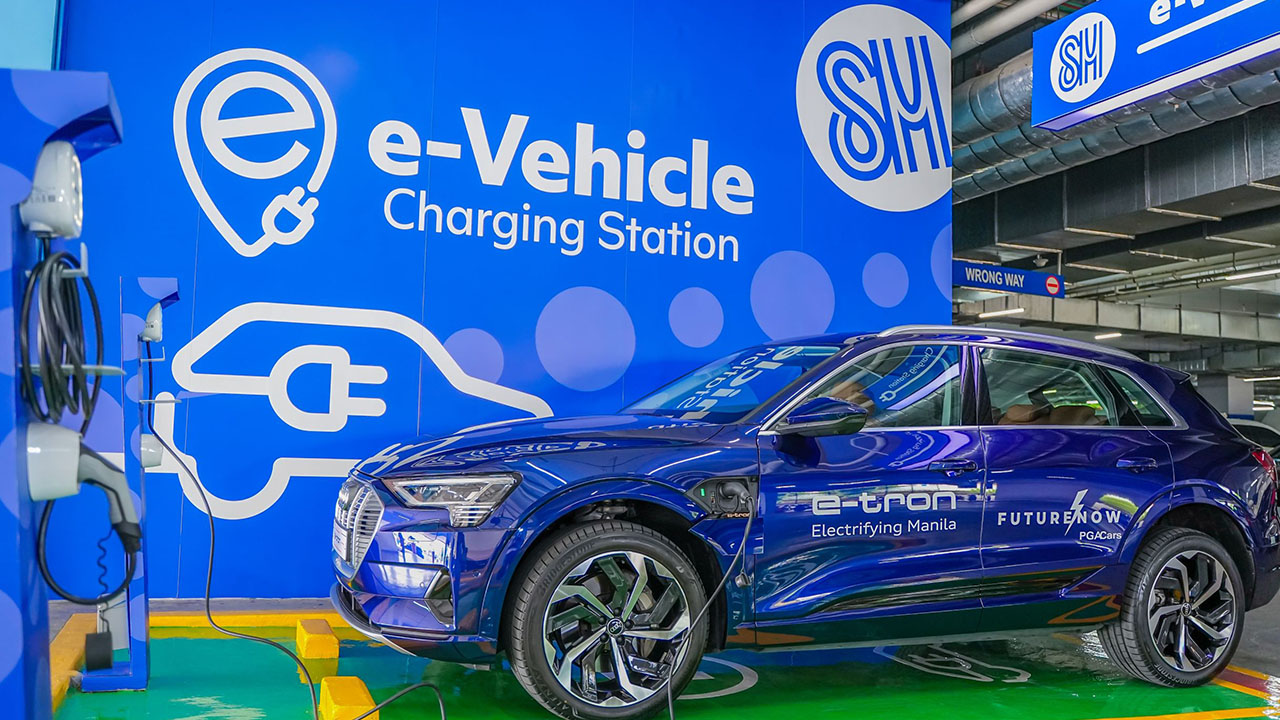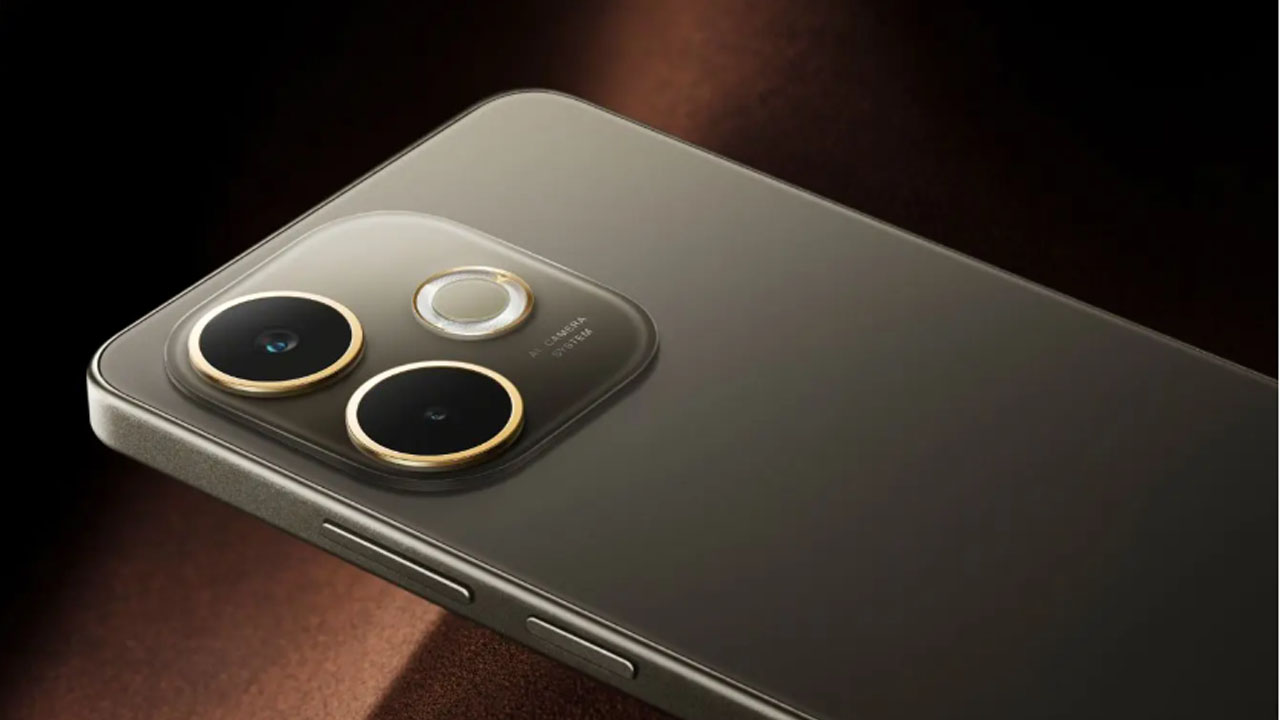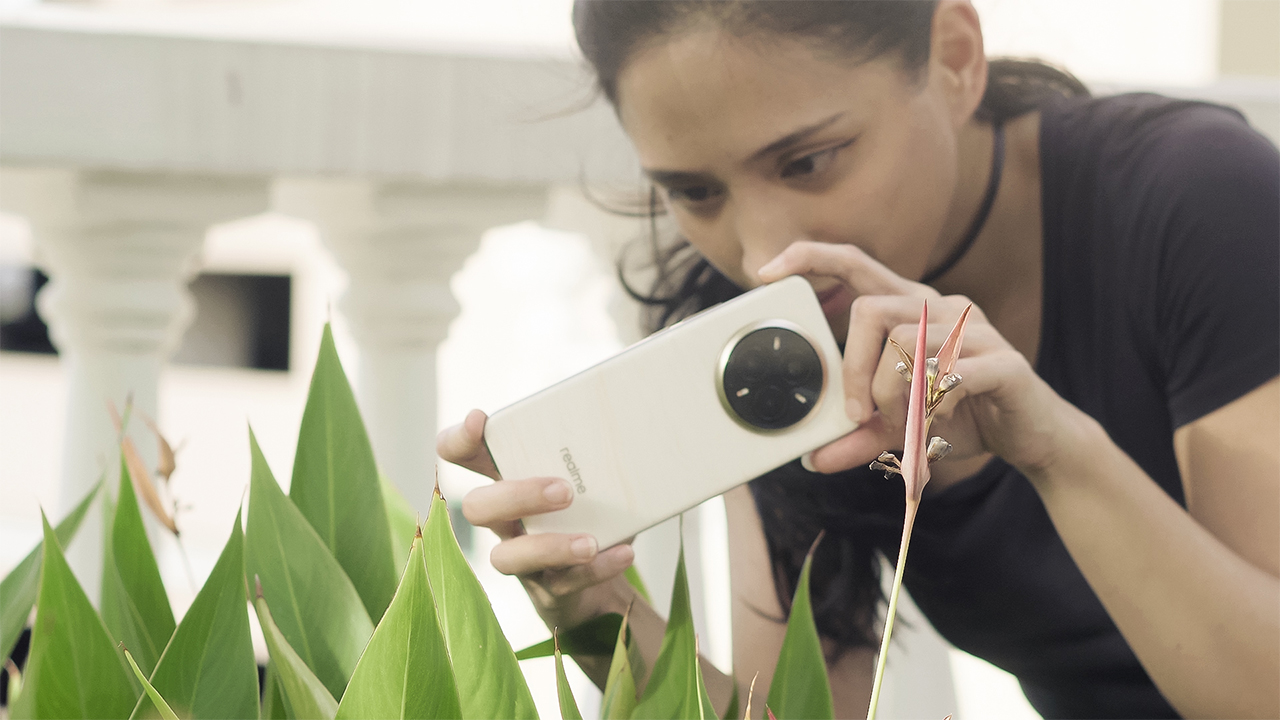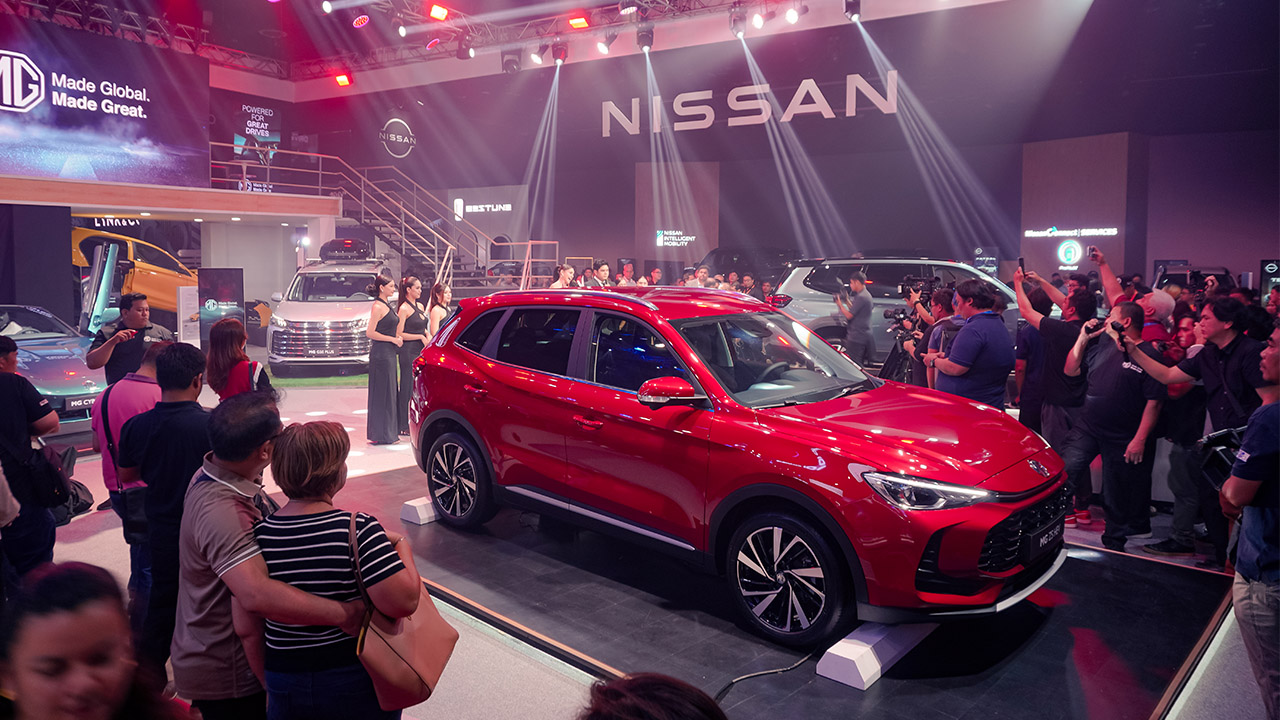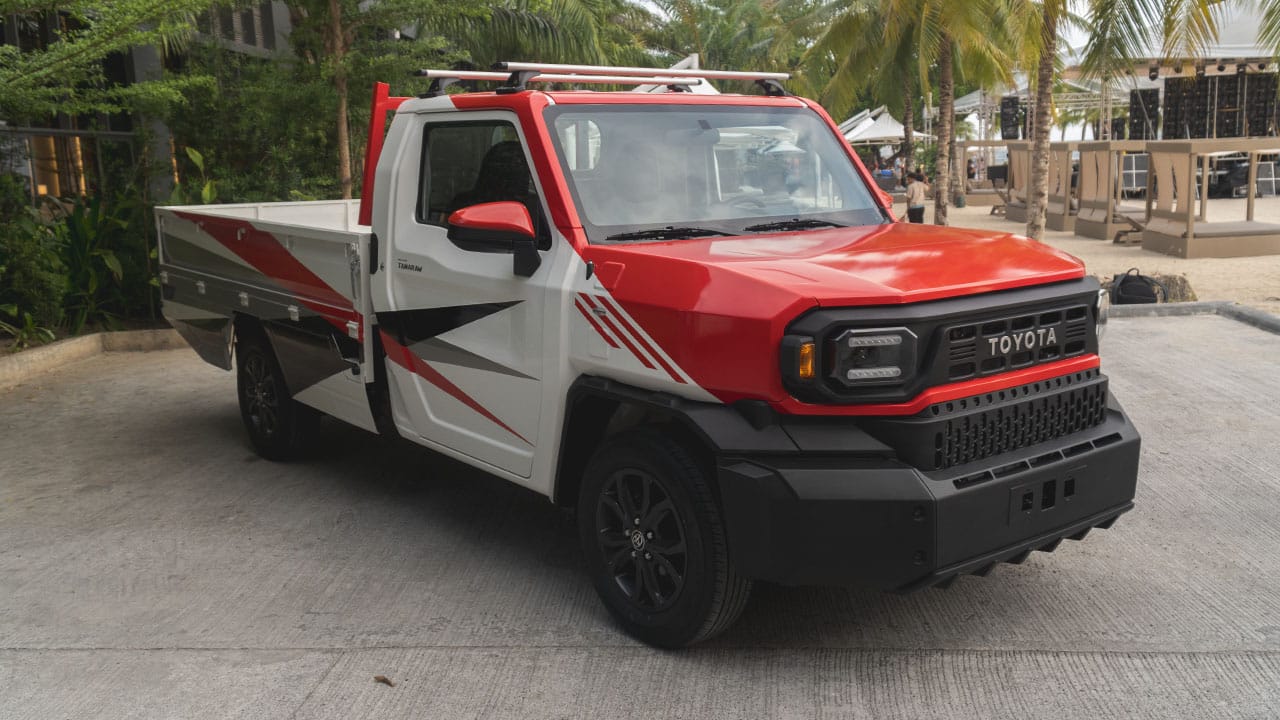
During this year’s Toyota Road Trek in Davao, TMP held a special preview of what the new Tamaraw, now officially called the Tamaraw Hilux in the Philippines, could be used for and what it could look like. Though full specs aren’t available yet, the upcoming Tamaraw Hilux will supposedly be available in three variants: two diesel options and one gas-powered.
- 2025 Toyota Hilux Tamaraw Turbodiesel 6-speed A/T
- 2025 Toyota Hilux Tamaraw Gasoline 6-speed A/T
- 2025 Toyota Hilux Tamaraw Turbodiesel 6-speed A/T
The gas variant is available in the short wheelbase format while the diesel variants come in a long wheelbase format.
Toyota Tamaraw Hilux is designed for the modern Filipino
The Toyota Tamaraw is close to the hearts of Filipinos for many reasons but mostly because it caters to the working lifestyle of the everyday Juan. With this in mind, TMP made sure to keep this well and live with the Tamaraw’s revival.
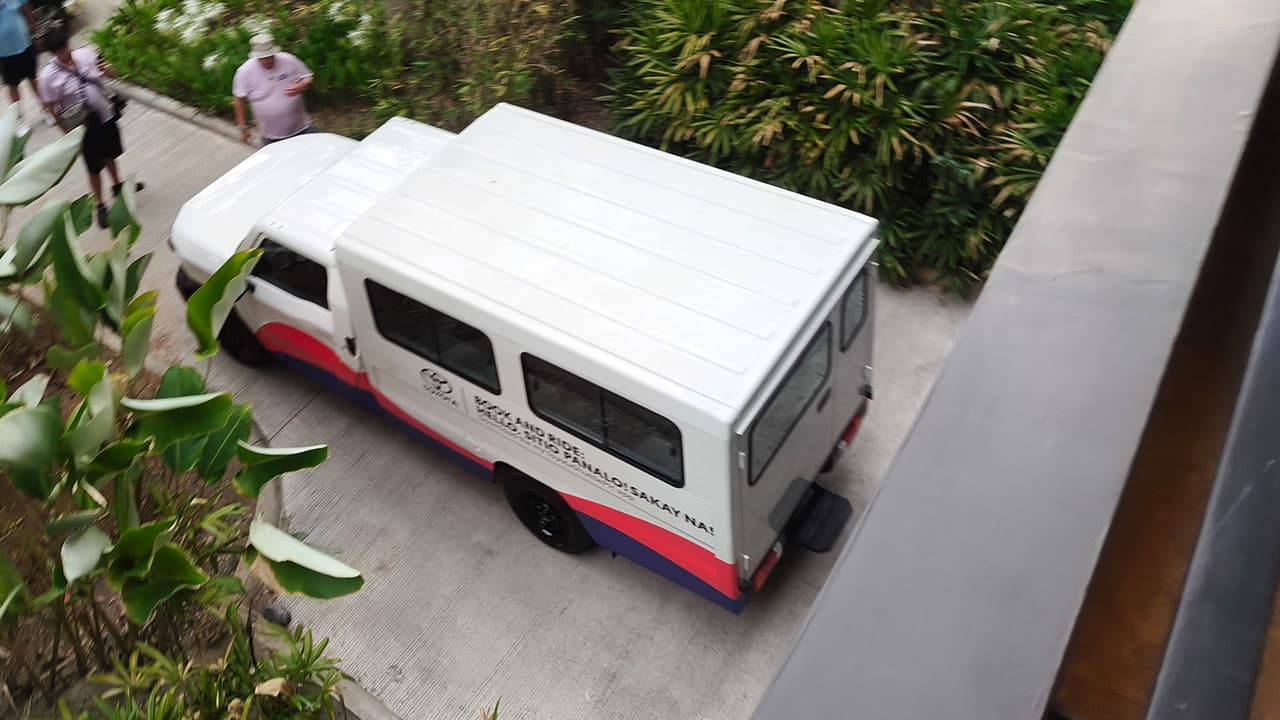
The Tamaraw Hilux shows that it can adapt effortlessly to both professional and personal needs with its single cab design that’s ideal for business use, while its rugged build ensures reliability for more difficult terrain.
Agricultural and Farm Use:
Probably one of its best use-case scenarios is to serve our farmers and agricultural workers. Attachments like rear-mounted sprayers or livestock carriers can transform it into a versatile farm vehicle.
Panel Van
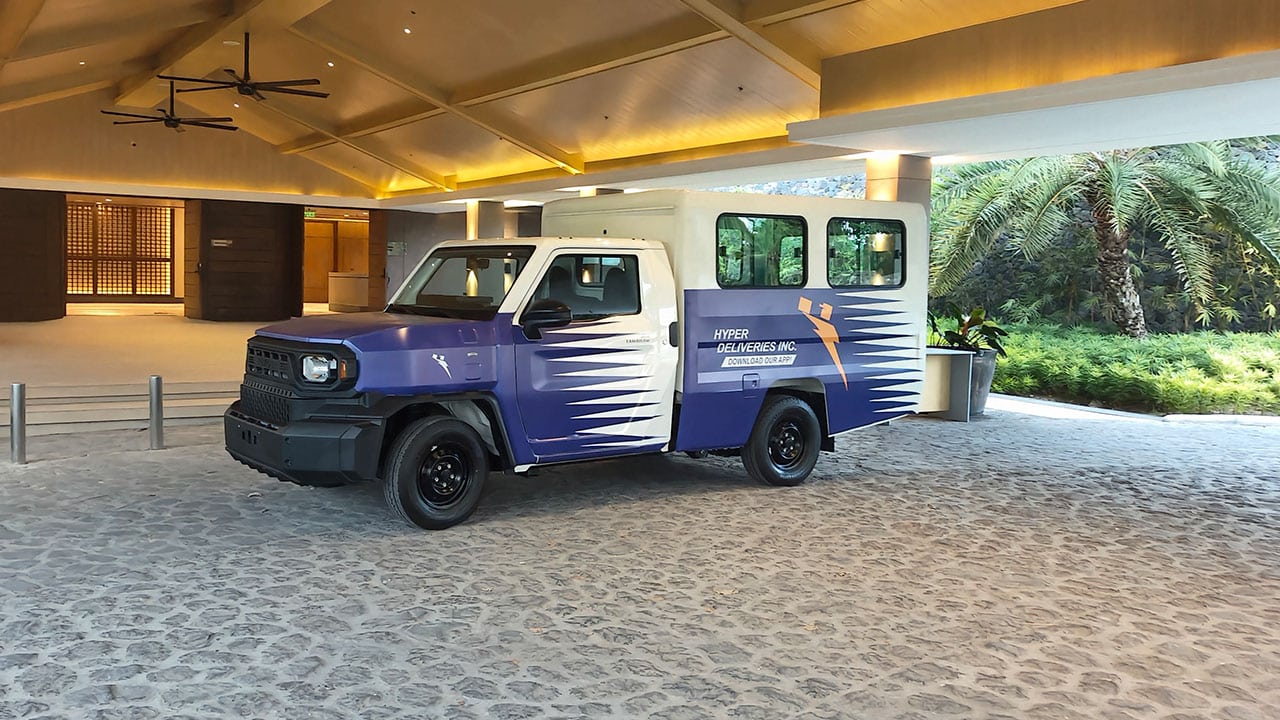
The Tamaraw Hilux can also be transformed into a panel van, making it ideal for transporting both passengers and cargo.
This kind of setup is perfect for courier services, public transport, or even smaller ambulances. The compact size allows for better maneuvering around the busy streets of the Metro plus the spacious interior allows for flexible seating arrangements or when loading all kinds of cargo.
Closed Van

For businesses involved in deliveries — like e-commerce, food delivery services, or local distributors — the closed van setup is ideal. It provides a secure, weather-resistant compartment for transporting goods and is a good choice for moving fragile or perishable goods.
Dropside Configuration
Construction supply firms will find the dropside variant particularly useful.
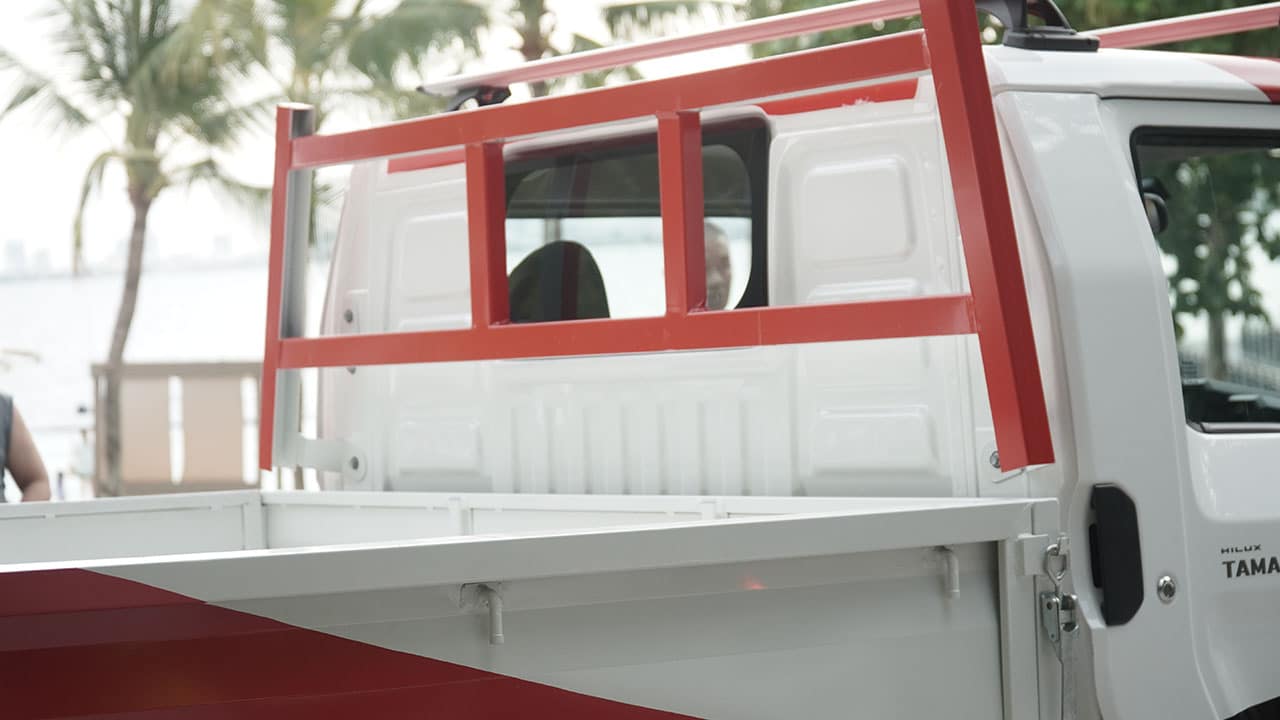
With its open cargo bed and foldable sides, this configuration is perfect for transporting raw materials like steel bars or lumber. The dropside design also simplifies loading and unloading, making daily operations more practical and efficient.
Patrol Van
The Toyota Tamaraw Hilux isn’t just about delivering though. Alternatively, Toyota showed off a patrol setup which can benefit security companies.
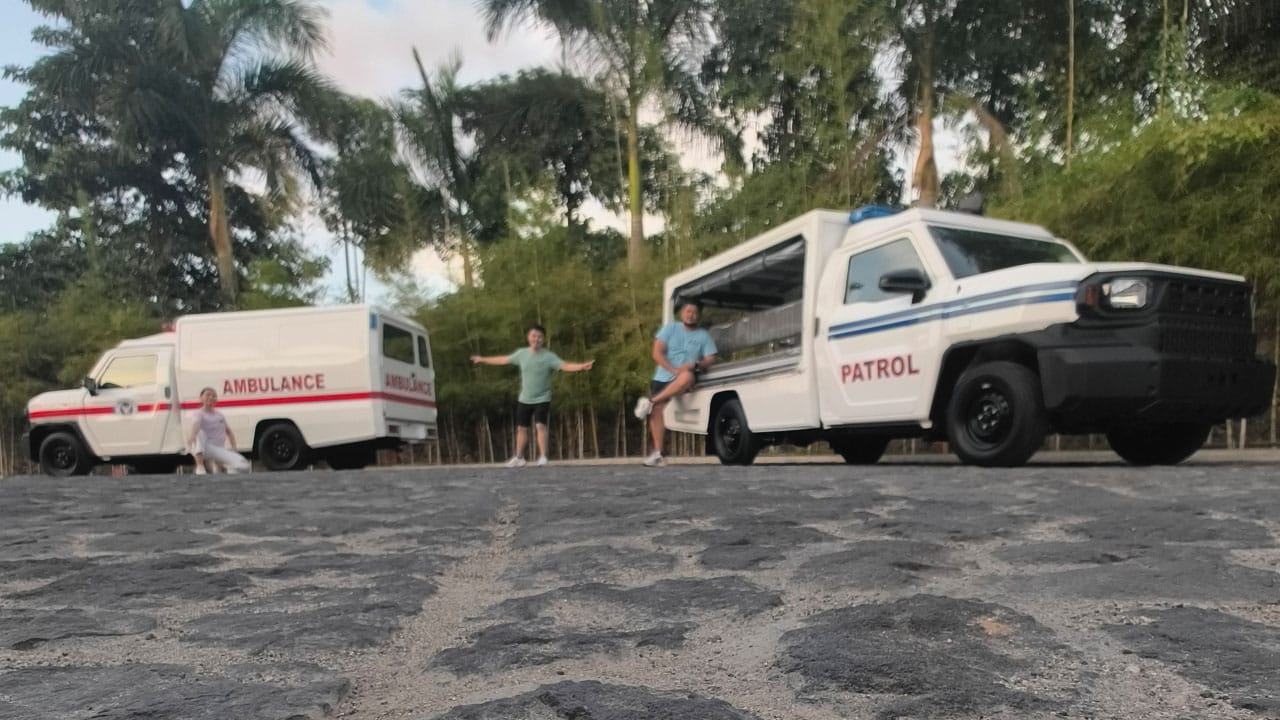
The Toyota Hilux can seemingly be outfitted as a transporter and command center for personnel complete with communication equipment and other technologies.
Customization Options:
Customization is a key feature of the Tamaraw Hilux. Businesses can add racks, toolboxes, or specialized compartments to suit their specific needs.
Roof racks can carry ladders or additional equipment, while interior modifications can accommodate particular tools or supplies. This flexibility ensures that the Tamaraw Hilux can be tailored to meet the unique requirements of each business.
As homegrown as it gets
The Tamaraw nameplate, as mentioned, holds a special place in the hearts of many Filipinos and Toyota solidifies this sentiment even further fully manufacturing the upcoming Tamaraw Hilux in the Philippines.
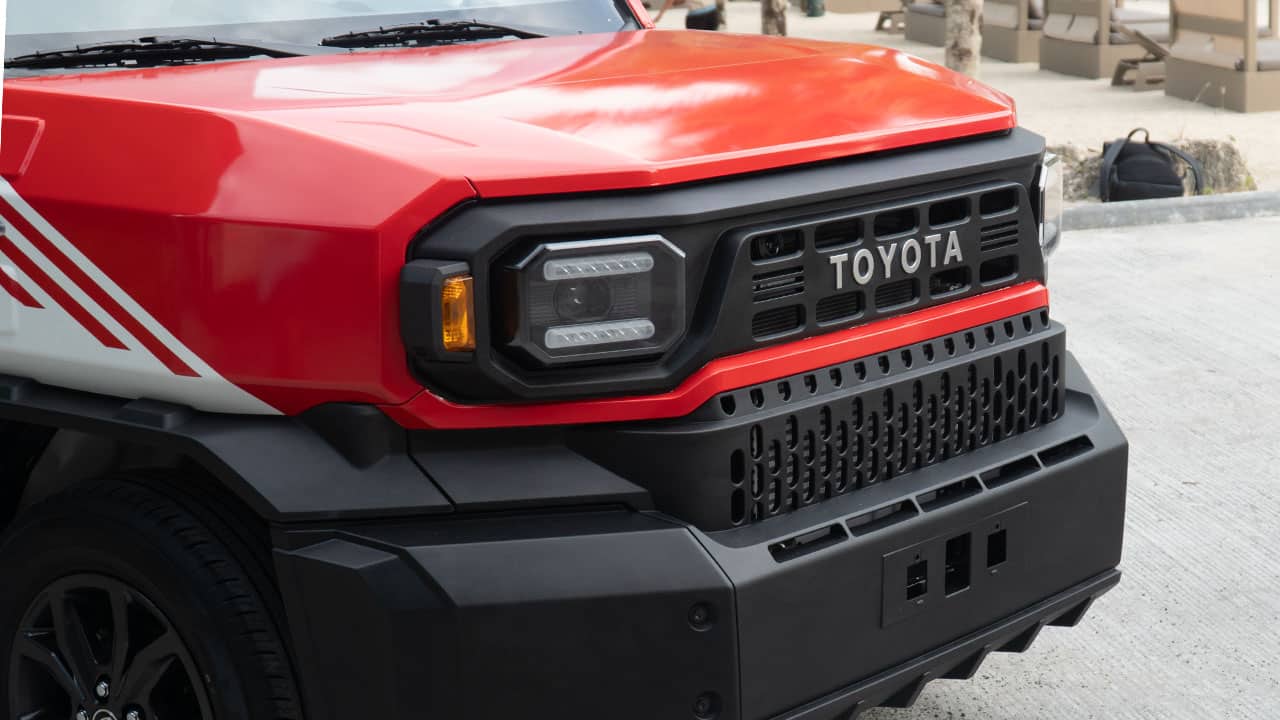
After investing over PhP 4 billion to resurrect the Tamaraw nameplate, TMP is now set to produce it as Completely Built Units (CBU) at its Santa Rosa, Laguna manufacturing plant. Market availability is expected later this year. The price has yet to be unveiled.


